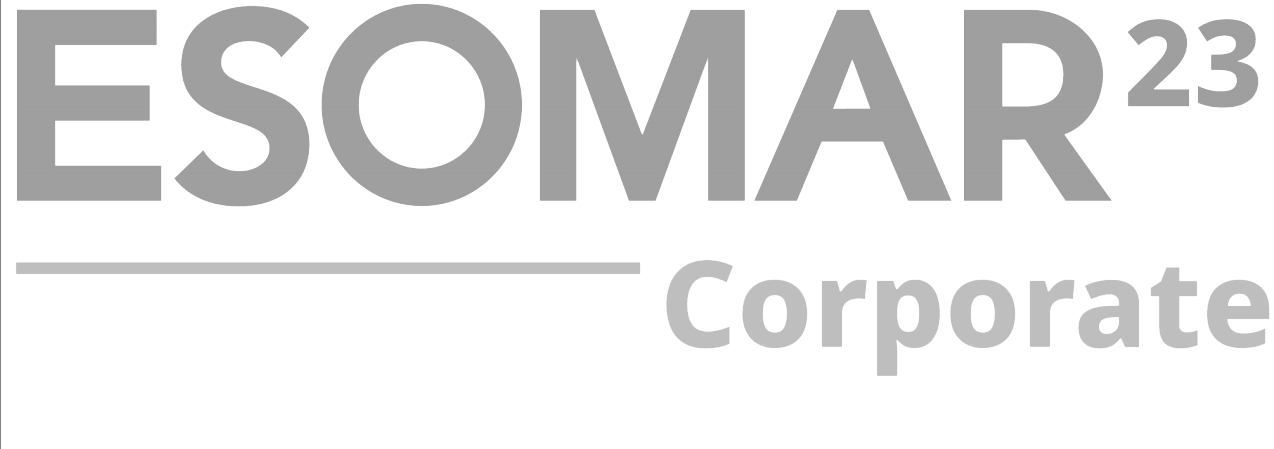These 6 factors can make your qualitative research project successful
Qualitative research means gathering non-numerical data using a scientific approach. Instead of “how many” and “how much”, qualitative data deals with simply “how”, “why”, “when”, and so on.

Qualitative research involves observations and conversations. In most of the cases, there is a direct interaction between the respondents and the researchers. For example, if you want to know why less women are visiting your store compared to men, or why more people click the orange button on your landing page than the blue button, you may need to carry out qualitative research.
Just as in any research project, the success of your qualitative research project rests on certain approaches, tactics and methods. Six of such approaches and techniques are described below.
1. Choosing an appropriate methodology
There are different ways you can gather qualitative information from your respondents. Every method is important but what method you choose depends on the type of information that you need.
Should it be one-to-one, in-depth interview? Should it be focus groups? Do people need to be physically present at the place where the interaction is happening, or can they respond through the Internet?
If you plan to conduct brainstorming sessions, it’s better to do them among focus groups of 6-10 people facilitated by a moderator or a researcher.
If you need individual input, it is better to have one-on-one interviews.
2. Selecting the right respondents or participants
The quality of the data that you gather depends a lot on the participants. If you want your participants to try out your new mobile phone model, it doesn’t make sense to invite those who are not interested in trying out new gadgets.
Similarly, there is no use brainstorming with a focus group about the new automobile model you are working on in which people either don’t have the purchasing power for that model or are simply not interested in using private automobiles.
Hence, selecting the right respondents or participants is as equally important as using the right method for your qualitative research.
3. Training your interviewers and moderators
Although in an established research company, the interviewers and moderators are quite familiar with different aspects of doing research and gathering data, every research project is unique and hence, initial briefing is required to educate interviewers and moderators. It should be clearly communicated to them what information to seek and what prompts to provide to the respondents. They must also be told about the various body language and facial expressions to take note of while interacting with the respondents.
Find out how our market research can help your business grow
4. Data recording and transcripting
While the interactions and interviews are going on, a consistent way of noting down the observations and responses must be decided. Unless a consistent format is followed, it will be difficult to use software and interpretation tools to process the data in a meaningful manner.
For example, in some interviews, the input must be recorded verbatim using a predesigned form or a video/audio recorder. Sometimes on the other hand, interpretations can be made based on observations and since observations can vary from respondent to respondent, it must be decided beforehand how these variations will be recorded so that they can be analysed later while keeping the integrity of the data intact.
5. Reading qualitative research transcripts
Once all the designated interviews and interactive sessions have been done, the researchers will have the collection of transcripts with them. Remember that there are many non-verbal cues during the qualitative research that cannot be written verbatim. Only trained researchers can interpret such transcripts and read between the lines instead of trying to make sense of individual words and phrases. A trained eye is needed to read qualitative research transcripts.
6. Analysis of the data
The purpose of analysis is to get you honest, real feedback in response to the questions asked and the queries made about of fresh product or service you have just introduced. Alternately, you are looking to build a body of statistical research around an idea or concept.
You also need analysis of data for decision-making. Statistical practices are used to organise, refine, evaluate and interpret the information that is gathered, based on the purpose of the study or research.










